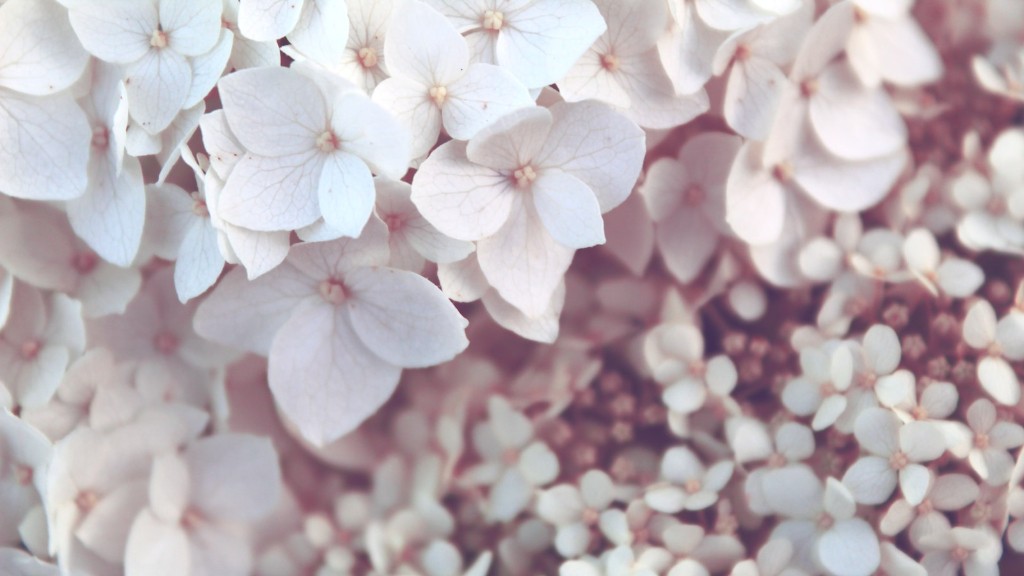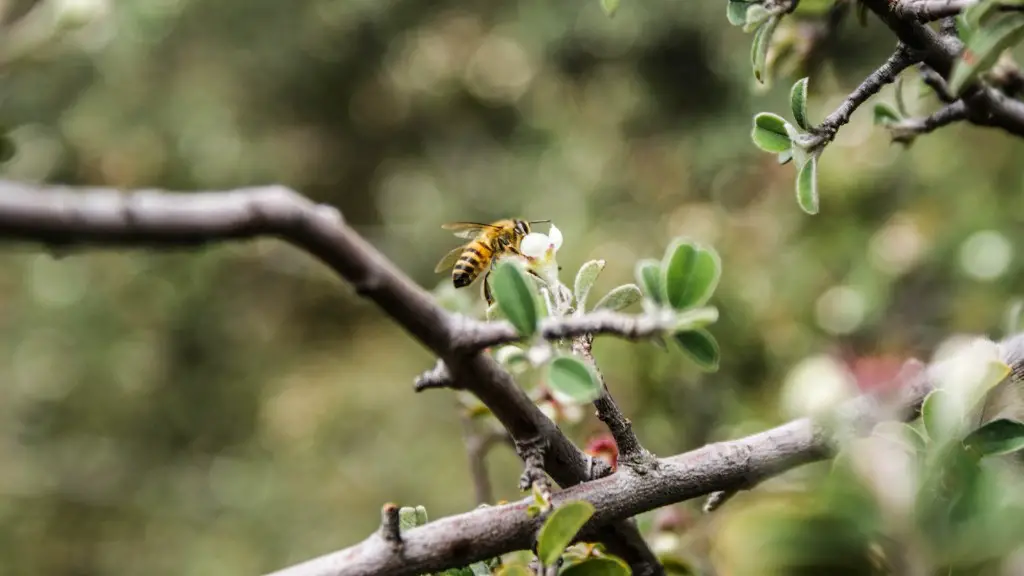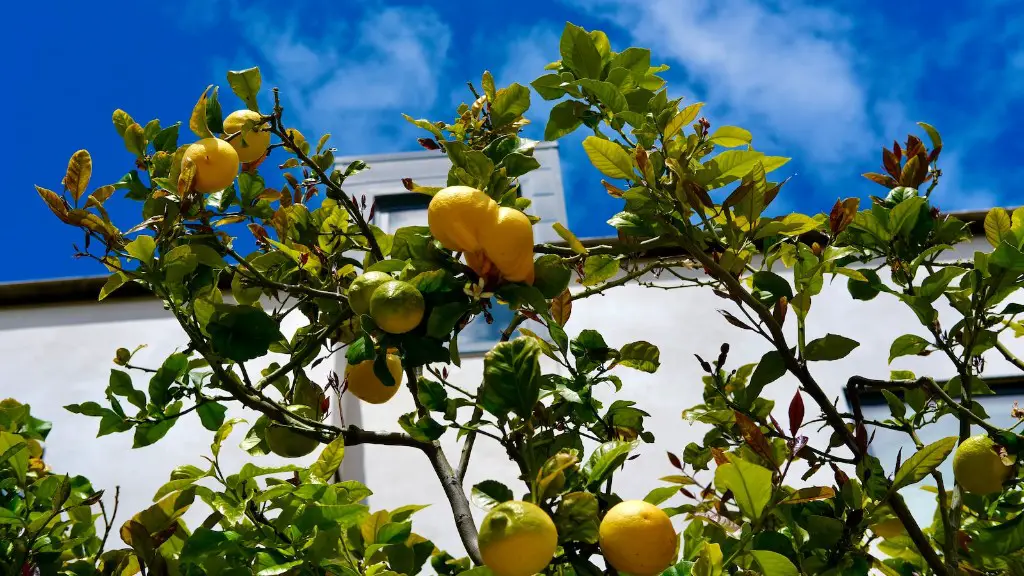How Tall Will a Cherry Tree Grow?
Cherry trees are known for their size and beauty, which makes them a popular choice for many homeowners. But when it comes to choosing the perfect cherry tree for your yard, it’s important to consider how large the tree will eventually grow. Knowing this information can help you select the right tree for the right space, ensuring that it can happily mature and remain healthy for years to come.
So, how tall will a cherry tree grow? There are several factors that can determine the eventual height of a cherry tree, but most varieties will reach between 15 and 20 feet when fully mature. It’s important to understand that the growth rate of a cherry tree can vary depending on the environment it is planted in, but this average height can give you a good indication of how much space you’ll need for your tree to properly develop.
When it comes to choosing the right type of cherry tree for your yard, there are a few things to consider. First, you’ll want to take into account the size of your yard and the space available. If you’re looking for a smaller cherry tree, you’ll want to select a dwarf variety; these are typically shorter, reaching a height of 10 to 15 feet when they’re fully mature. Alternatively, if you have more space and are looking for a larger tree, many standard-sized varieties can reach between 20 and 30 feet.
In addition to size, there are numerous other factors that you’ll need to consider when selecting your cherry tree. For instance, if you live in a colder climate, you’ll need to make sure that you select a variety that is cold-hardy, as this will help your tree survive the winter months. Additionally, you should keep in mind the landscape of your yard and the size of the other trees and plants for which you’re competing for resources. All of this information can help you select the most appropriate tree for your yard.
Soil and Sunlight Requirements
In order to ensure that a cherry tree properly grows and thrives, you’ll need to ensure that you select the right type of soil and provide the right amount of sunlight. For optimal growth, cherry trees need slightly acidic soil that is well-draining, and they should be placed in an area with full sun exposure – at least six hours a day. And while cherry trees don’t need a lot of additional fertilizer, applying a nitrogen-rich fertilizer once a year in the spring can help encourage more vigorous fruiting.
Pruning and Maintenance Care
Regardless of the size and variety of cherry tree, there are some basic maintenance care and pruning measures that you’ll need to take to ensure that your tree remains healthy and begins to thrive as soon as possible. For starters, you should regularly water your cherry tree, making sure that its soil is moist at all times. Additionally, you’ll want to pay special attention to pruning the tree if its branches become diseased or damaged by storms. Lastly, it’s a good idea to encourage the development of new growth by removing deadwood, removing overcrowded limbs, and raising the canopy.
Harvesting Cherry Trees
Once your cherry tree is fully established and you’ve provided it with the proper care and pruning, you can look forward to its first harvest. Most cherry trees will be ready to be harvested after three to five years of growth, but the amount of cherries your tree can produce will again depend on the variety that you choose. Generally, a standard cherry tree will produce an average of five to ten pounds of cherries each year, while a dwarf variety may produce one to two pounds per year.
Proper Care for Larger Trees
If you choose a larger variety of cherry tree, you may need to take some additional steps when it comes to giving it the proper care and attention it needs. For starters, if you’re planting near a wall or other structure, you’ll need to make sure that you choose an appropriate planting site; not only will this help reduce the risk of disease and damage, but it can help you avoid the need for additional pruning. Additionally, the larger the cherry tree, the more branches will spread out over a wider area. This means that you’ll need to regularly inspect the tree’s canopy, pruning off any overcrowded limbs and deadwood.
Protecting Against Pests and Diseases
Cherry trees generally have a reputation as being quite hardy and resilient, but they will still need additional protection against common pests and diseases. For instance, the black cherry aphid is a potential threat, as it feeds on the foliage of a cherry tree and can create stress, stunted growth, wilting, and leaf drop. As such, it’s important to look out for signs of infestation and apply appropriate insecticides or other forms of treatment if needed. Additionally, another pest to watch out for is the cherry fruit fly, which is attracted to damaged, decaying, or ripened cherries.
Insecticides and Fungicides
If you’re concerned about potential pest and disease threats, then you can provide additional protection by applying appropriate insecticides and fungicides as needed. When selecting a product, it’s important to make sure that it contains the active ingredients required to control your specific pest or disease, and that it’s safe for use on fruit-bearing trees. Additionally, it’s worth noting that some insecticides can actually serve to attract pests, so it’s worth spending time researching and reading reviews to find the most suitable product.
Conclusion
By taking the time to understand how tall a cherry tree can grow, as well as the various care and maintenance measures that must be taken, you’ll be able to select the perfect cherry tree for your yard. From choosing the right size and variety to providing proper protection against pests and diseases, a little bit of upfront research and planning can go a long way toward helping ensure that your cherry tree remains healthy and grows to its fullest potential.


